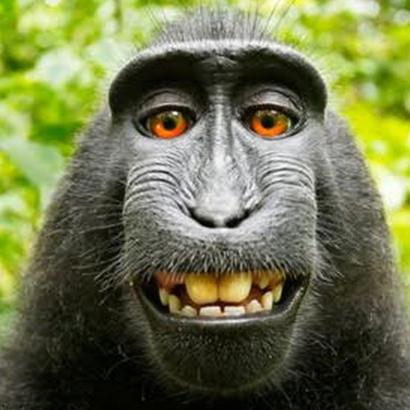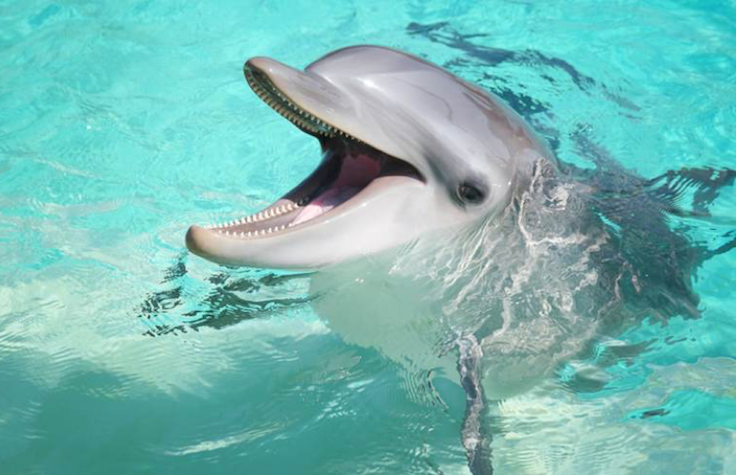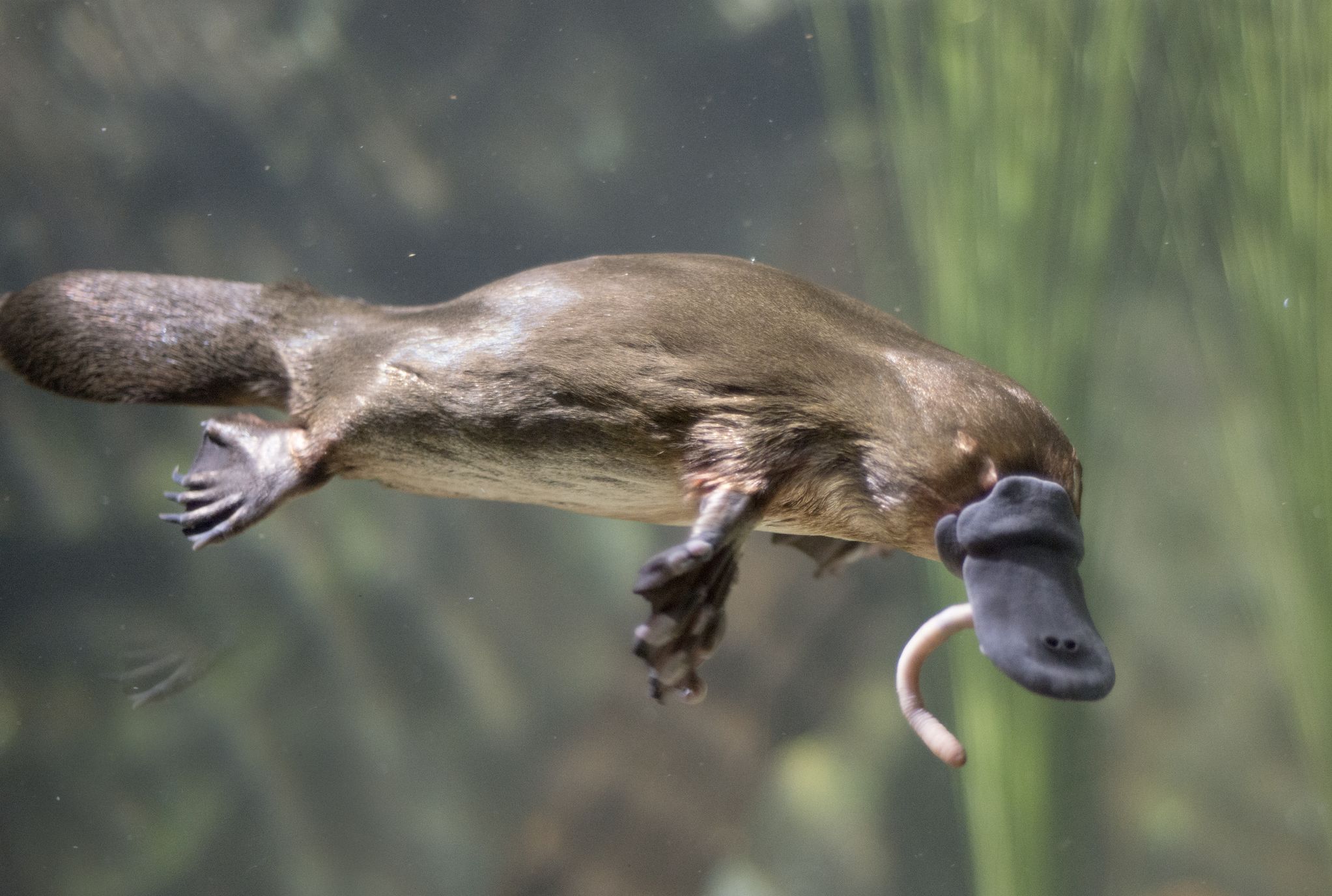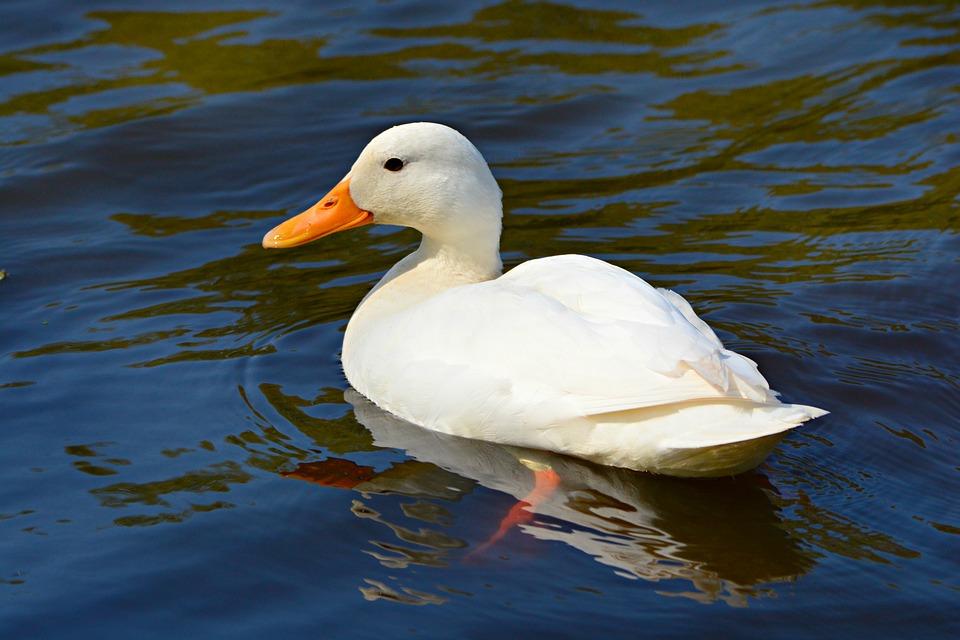b. Monkeys have slender, long rms that allow them to grasp tightly to tree branches and move quickly if they need to make an escape from any predators. Another interesting feature about the monkey's arm structure is that, like humans, the ulna and radius are able to rotate, allowing them to face their palms up and down. This structure in monkeys allows them to hang from branches, peel fruit, and even groom other monkeys. However, dolphins have no palms or hands for that matter. Dolphins have pectoral fins, which are the only fins that have bones in them. These bones show similarities to bones found in the monkey arm, wrist, and even hand. These fins help the dolphins stop and turn, sort of like balancing planes. In both the dolphin flipper and the monkey arm, there is a humerus, radius and ulna, metacarpals and phalanges. The structure, though a little distorted, appears almost identical to each other.
c. The ancestor between these two species may have existed over 50 million years ago. Chances are this mammal was terrestrial and required having this bone structure in order to thrive in its environment. The bones within the arm such as the rotating ulna and radius were advantageous as well because it may have helped the ancestor hunt, as it was probably an omnivore.
d.


2) a. Two different species that share an analogous trait are the platypus and the duck. Both of these species have a bill which helps them thrive in an aquatic environment. Another similarity is their webbed feet, which also gives them an advantage in their environment. While the platypus is a mammal, it had evolved long after birds and mammals diverged on their evolutionary path. It was only a matter of time that platypus and ducks evolved similarly after moving back to land from water.
b. The platypus' duck bill acts as more of a snout, and is used to pick up small insects from the bottom of lakes or streams. The significance of their bills is its similarity to the bill of a duck, which serves the same purposes as the bill of a platypus. Both species live on land, but thrive near a body of water such as a pond or lake, which may have drove their convergent evolution. They use their bills to gather food, and filter out excessive water or inedible objects.
c. Studies show that mammals split from their bird and reptile brothers somewhere around 280 million years ago, then 80 million years after that the egg-laying mammals split from normal mammals. So, this proves that platypus had evolved independently, apart from any lineage that belonged to ducks. This also proves that these traits are analogous.
d.


Hi Angelo, I thought your post was really good. Do the dolphin and the monkey share the same ancestors? A dolphin's flipper and a monkey's arm are very useful to them to use in their environment that they live in, they both share different purposes.
ReplyDeleteHi Angelo,
ReplyDeleteIn regards to your homologous traits, I had no clue the similarity in structure of monkey and dolphin’s forelimbs! I find it really interesting that monkeys have both the ulna and radius and are able to rotate their palms up and down like humans and that dolphins fins are the only one’s with bones in them. As for your analogous traits, I figured that the platypus and the duck had similar characteristics by looking at them. But I would have guessed their similarities to be homologous, assuming that they evolved from the same ancestor rather than independently from bird and reptile ancestors. Your post was very informative and well written. Great job!
Hi Angelo,
ReplyDeleteYour post had a lot of really good information. When I was researching for this assignment I noticed that a lot of species share the share forelimb structure. Just as you mentioned humans and monkeys, I touched on cats and whales (and birds) and all five share the exact same structure which is really neat considering how each of us function differently! Your comparison on the platypus and the duck was an interesting read as well. It's amazing how species have evolved in relation (and not) to each other.
Hi, Angelo,
ReplyDeleteWow! I love how informative your post is. I never would have thought that a dolphin and a monkey might share homologous traits. I think its great you chose animals so different from each other to show homology. I didn't realize that dolphins only have bones in their pectoral fins. Also, immediately with the platypus and the duck I wondered how they were not homologous as well because their shared traits of the bill and webbed feet. It was really interesting to learn how those traits are actually analogous. Great job!
Hello Angelo,
ReplyDeleteI felt that since we shared a common analogous post that I needed to comment on yours. This was a very informative post. Finding out that a whale and a monkey have similar structures and ancestors was awesome. I think that your homologus post was amazing and I really loved how thorough you were with this assignment. Keep up the excellent work!
Homology: You have a lot of good detail in your opening paragraph but this section was an opportunity to describe your species in general, not just focus on the traits in question. This would offer a clearer picture to your readers about what might have driven the evolution of these traits.
ReplyDeleteCombining the first and second paragraphs, you offer a great discussion on the differences in structure and function of the forelimbs of these two species, explaining how the differences in environmental selection pressures produced divergent evolution on this trait.
You are correct that the common ancestor was both mammalian and terrestrial, but how does that help us confirm that these traits are indeed homologous? That's the key issue here. Both monkeys and dolphines are mammals, so we know that the common ancestor would be an archaic mammal. We also know from the fossil record that early mammals possessed that generalized mammalian limb structure and passed that onto these two descendant species, with changes concurring over time due to differences in the environment (aquatic vs. arboreal). That is what we need to know to confirm common genetic origin and confirm homology.
While I appreciate the images, since your traits here were of the forelimb, it would have helped your readers to see the trait in question here.
Analogy: That's a lot of ducks. Why duplicate images?
In general, good opening description.
Good job explaining the similarities of structure and function in the bill trait and the similarities in environmental pressures that drove the convergent evolution in this example.
On the right track with ancestry, but your trait here is the bill structure, not egg-laying. Can you offer confirmation using this ancestry information that the bill structure is also analogous? Understand that pairs of organisms can share both homologous AND analogous traits at the same time, so you can't assume that confirmation of analogy in one trait applies to all others.